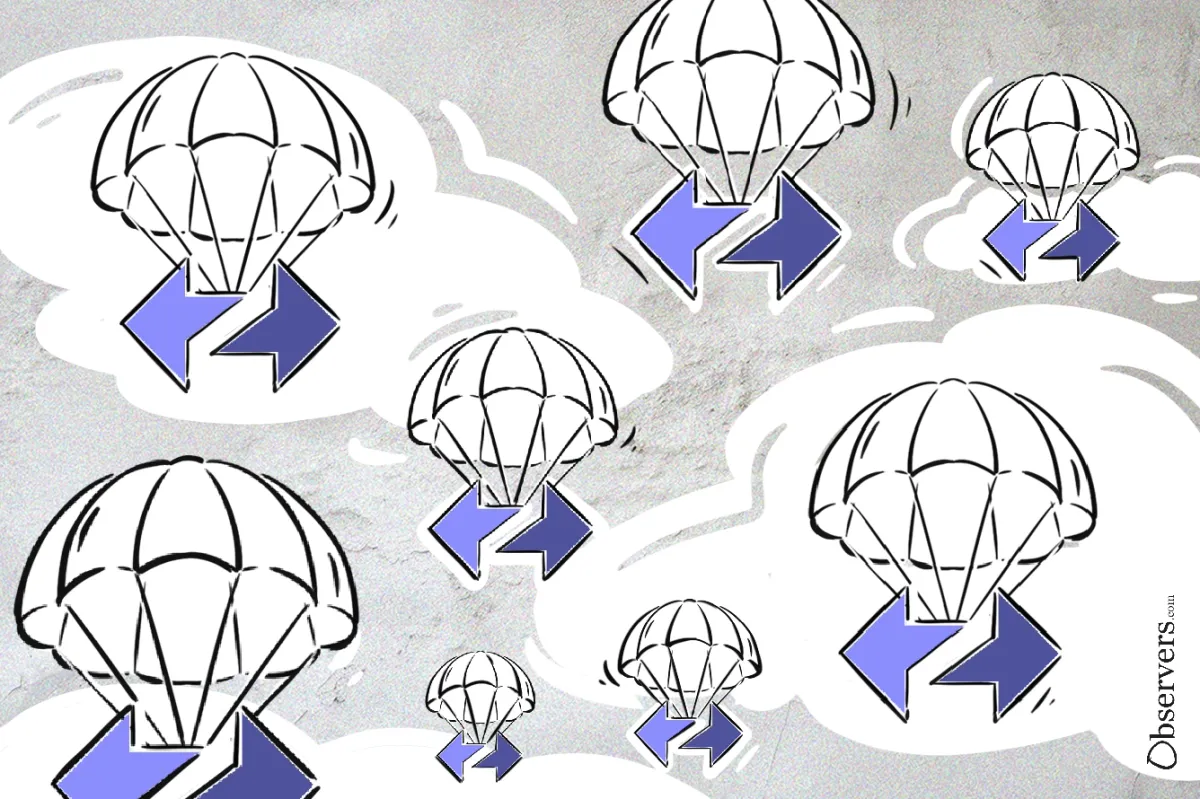
ZKsync, an Ethereum scaling solution developed by Matter Labs, has just begun the eagerly awaited airdrop of its native governance token, ZK. This airdrop has garnered significant attention in the blockchain community. Here, we'll explore the event, its background, and the expectations for the project's future.
What is zkSync?
ZKsync is a Layer 2 scaling solution for Ethereum that promises to increase the network's transaction throughput while reducing transaction fees. It was created by Matter Labs, a German-based company founded in 2018 by Ukrainian Alex Gluchowski and Russian Alexandr Vlasov.
That promise has helped Matter Lab raise nearly $500 million from prominent investors such as Blockchain Capital, Dragonfly Capital, and a16z. It offers two products: ZKsync Lite, a simple ZK-rollup for payments that has been live since 2020, and its flagship product, zkSync Era, launched last March.
ZKsync Era became the first zk-Rollup to perform Ethereum-native smart contracts. ZkEVM is a virtual machine that executes smart contracts in a way compatible with zero-knowledge-proof computation, allowing scaling without compromising security and decentralization.
After the launch of the Era Mainnet, the project rapidly gained popularity among users and developers, but as competitors started to catch up, the network lost some of its shine. ZKsync Era currently has a total value of around $130 million, placing it at number 10 among the largest Layer 2 solutions rankings (or at 26 among all blockchains). Currently, over 100 protocols, including several DEXs, are running atop of Era. It is worth mentioning that the L2 market is now dominated by those using optimistic roll-ups.
The Listing & Airdrop
The airdrop of ZKsync's governance token marks a significant milestone for the project, which has been in development for four years. Other major L2s, including Optimism and Arbitrium, have already executed airdrops, and ZKsync was next in line, so many users have been waiting for some time, hoping to get significant rewards. The timing is strategic; at the time of the v24 release, the team indicated that this was the final planned protocol upgrade needed before handing over network governance to the community.
The team stated that this would be the largest distribution to users among major Layer 2 solutions: 3.675 billion ZK tokens, which is 17.5% of the total supply. The drop will be allocated among approximately 700,000 eligible wallets. A small portion will be allocated to experimental onchain communities that include early users of Farcaster and Crypto: The Game participants. An outstanding feature of the airdrop is the high variability, with a 100x difference between the highest and lowest allocations. This move aims to provide loyal (and real) users with substantial rewards.

The rest of the token supply will be distributed through ecosystem initiatives by the decentralized governance body and the ZKsync Foundation, with around a third allocated to investors and the Matter Labs team.

However, the highly anticipated airdrop has not been entirely smooth. Right before, the project faced a huge wave of discontent from crypto industry members for an alleged lack of anti-Sybil (anti-bot) measures and unfair distribution. The team insisted that it was "a massive, coordinated, Sybil misinformation campaign against zkSync run by thousands of bots" but hasn't named those behind the attack. In response to community concerns about the token distribution, Binance even offered its own ZK airdrop, targeting those not eligible for the official distribution. On top of all this, the network reportedly suffered degraded performance due to high load.
The claiming process began on June 17, and since then more than 45% of the airdropped ZK token supply has been claimed by over 225,000 addresses in less than 2 hours, the company said. The same day, the token launched on Binance, Bybit, Gate.io, KuCoin, and other exchanges and reached an ATH of $0.32 before falling to about $0.22. Still, it is too early to jump to any conclusions, as such volatility after listing is not uncommon; initial excitement often leads to a sell-off by early recipients.
The Future of zkSync
The ZKsync airdrop is more than just a distribution of tokens; it's a step towards decentralizing the project. Gluchowski earlier indicated that the governance token will play a crucial role in decentralizing these components, specifically the sequencer, which collects and executes all transactions before submitting them to the prover. Previously, Matter Labs controlled the sequencer and prover, the main components of the network.
The airdrop signifies the beginning of a new phase for the project. We will closely Observe its further development and the changes that the users' governance would bring to the ecosystem.

